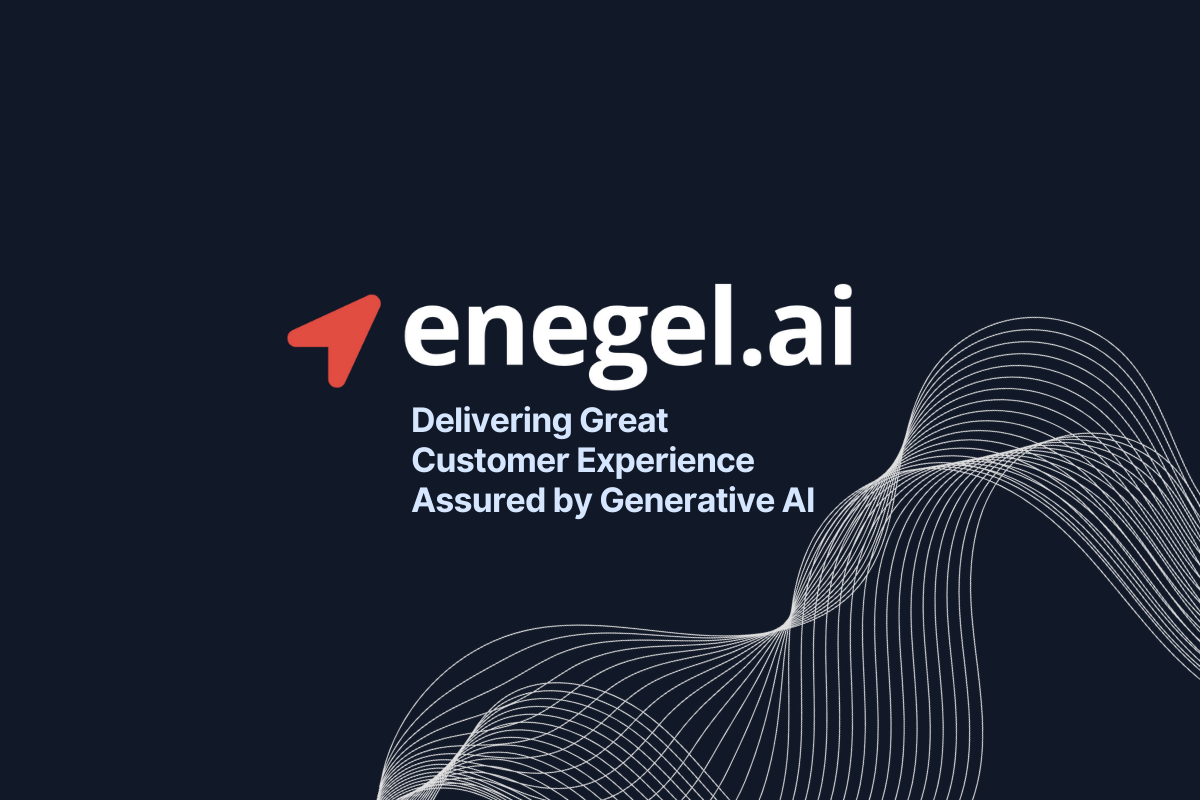- Date
- Published on
Generative AI Chatbots and the Future of Contact Centers: The Balance Between Human and Machine
- Authors

- Name
- Enegel.ai

The advent of artificial intelligence has left an indelible imprint on a host of industries, and contact centers are at the forefront of this transformative wave. A key instrument in this shift has been the emergence of AI chatbots. As we witness the evolution of these digital assistants from rule-based bots to their contemporary generative AI versions, it has ignited a debate about the role of humans in the future of contact centers. Can these advanced chatbots, with their myriad capabilities, render human agents redundant? Let's unravel this narrative.
Generative AI has revolutionized the functionality of chatbots, enabling them to comprehend context, dissect customer queries with higher accuracy, and curate tailored responses. These advanced bots can operate tirelessly, cater to multiple queries simultaneously, and take over numerous mundane tasks that human agents used to manage. This capacity for efficient service and scalable operations can significantly enhance customer service delivery, while concurrently curtailing operational expenditures.
But does this usher in a scenario of widespread unemployment in contact centers? The likelihood is minimal, and here are three compelling reasons:
Bridging the Customer Expectation-Delivery Chasm:
A study by Bain & Company illuminates a glaring gap between customer expectations and the actual service quality businesses provide. While AI chatbots can manage simple tasks with deftness, complex customer interactions often necessitate human engagement. Advanced undertakings such as empathetic communication, creative problem-solving, and handling sensitive matters are best managed by humans. Therefore, AI chatbots, by taking over routine tasks, allow human agents to concentrate on these sophisticated tasks, effectively closing this service gap.
Automation doesn't Equate to Staff Cuts:
A common misconception is that automation invariably leads to staff reductions. TrueList's research contradicts this, indicating an upward trend in the number of contact center agents despite increased automation, with a reported growth of 15%. AI chatbots, despite handling an increased volume of customer interactions, do not necessarily diminish the need for human agents. Rather, they instigate an evolution in the human agent's role towards more strategic and complex problem-solving tasks.
The Constraints of Generative AI:
Despite its remarkable progress, generative AI, at its core, is essentially a text generator, predicting the most suitable word to follow in a sentence. Its seeming intelligence does not equate to human-like cognition. Human traits such as intricate emotional understanding, empathy, and the ability to exercise judgement in ambiguous situations remain beyond the scope of AI.
In summation, while generative AI chatbots are becoming integral to contact center operations, they are not primed to completely usurp human agents. They instead foster a symbiotic relationship, with AI managing routine tasks while humans address complex issues, culminating in a balanced, efficient, and customer-centric service paradigm. Ultimately, the future isn't about choosing between humans and machines, but rather, leveraging the strengths of both.